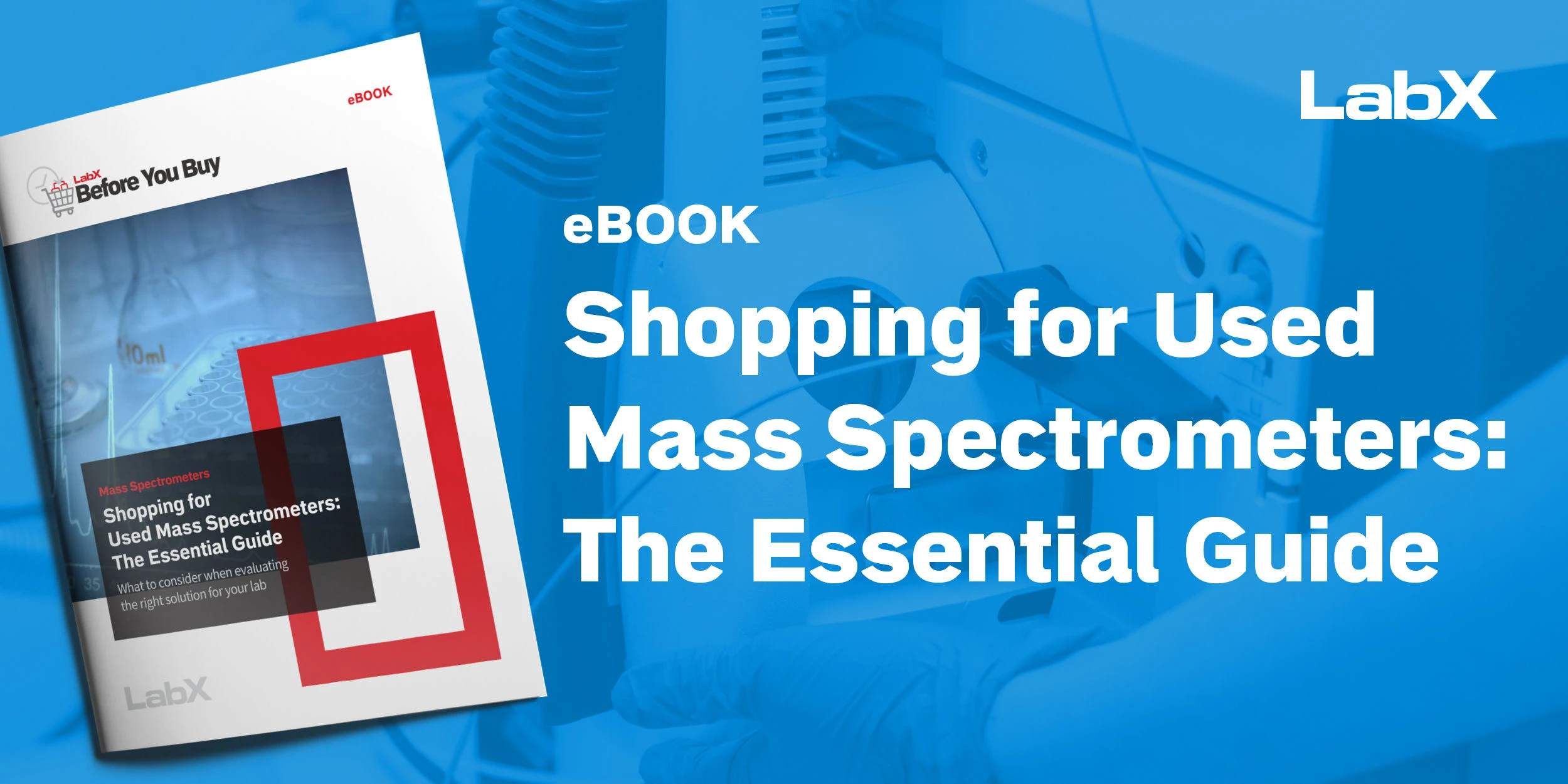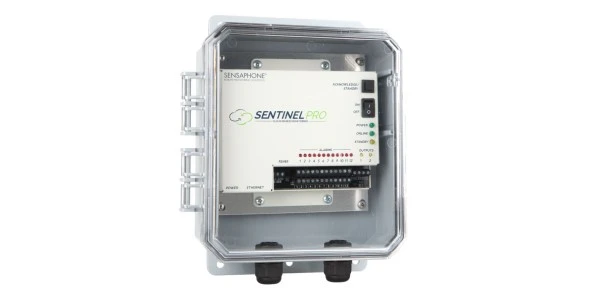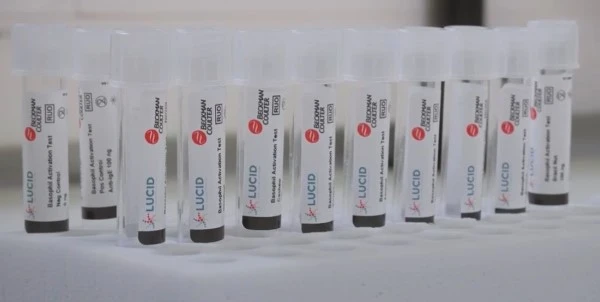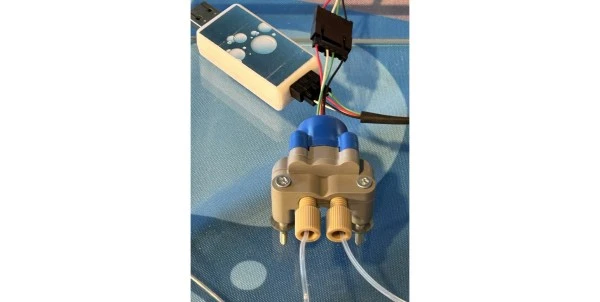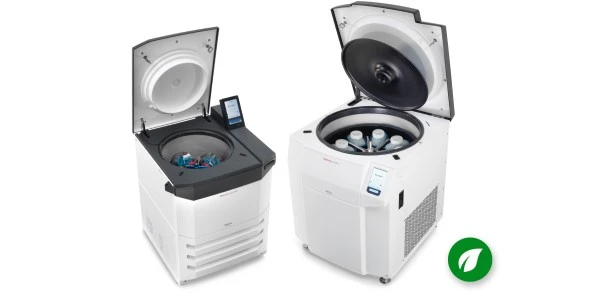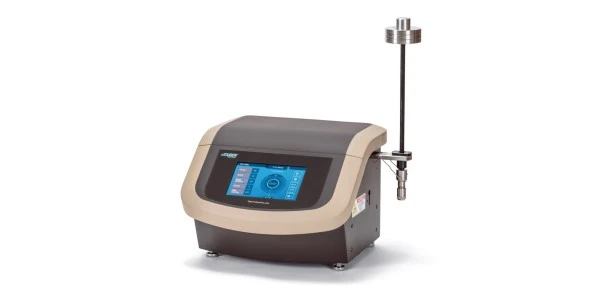Online Marketplaces have Revolutionized How Lab Equipment is Bought and Sold
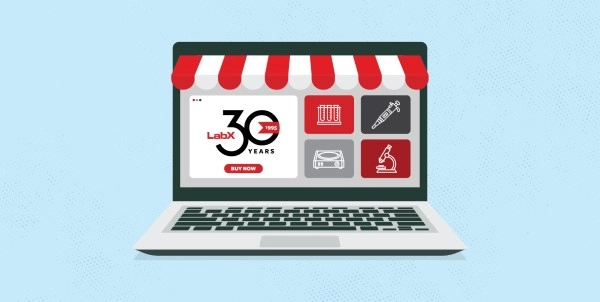
Digital marketplaces like LabX.com are providing new challenges and opportunities for buyers and sellers of lab equipment
Scientific research has always relied on a range of laboratory instruments. Whether the equipment is novel or has remained unchanged for decades, acquiring the right tool is vital for advancing research in the laboratory. This has been a challenge to scientists and lab managers, as it can be difficult to find the correct instrument at an affordable price.
In the past, lab managers were limited to buying almost exclusively from the original equipment manufacturer (OEM), as buying used equipment was considered unreliable and usually required knowing someone who was looking to sell. This created a balancing act—higher cost but more confidence in quality when buying new from the OEM versus, more affordability but less confidence in quality when buying used instruments. This dynamic has changed with the rise of digital marketplaces like LabX. Now, lab managers and equipment buyers and sellers have numerous new options available.
The rise of the internet: A new world for buyers
The advent of the internet, search engines, and online marketplaces caused a shift in the status quo of how lab equipment is bought and sold. Digital marketplaces, such as LabX, have forced sellers to be more competitive and transparent with their pricing and fostered a whole new market for used and refurbished equipment.
“Before the internet age, and before LabX, buying used instruments was very difficult. It was more of a buyer-beware situation and used instruments were mostly purchased in their current state without refurbishment,” says Scott Hanton, PhD editorial director at Lab Manager. “The first used instruments I can remember encountering were government surplus, and they really didn’t have what we were looking for. LabX helped formalize the used instrument market, allowing users to search for the specific types of equipment they were looking for. The LabX marketplace helped make used equipment competitive.”
For Hanton, however, the real game changer was the search capabilities found online. “As a lab scientist, I know what capability I’m looking for. Searching the marketplace allows me to explore a range of vendors, models, price ranges, and accessories. The pictures also really help. We could tell a lot about a potential used instrument just by inspecting the image on the site,” says Hanton.
It's become easier to find not just used equipment, but also replacement parts to fix older equipment, offering lab managers another avenue to save money and avoid waste. Moreover, the success of platforms like LabX allowed more refurbished equipment to be listed. “There is a tremendous difference between used equipment and used equipment that’s been refurbished. Now we could get some warranty with the instrument and move away from a buyer-beware mentality,” says Hanton.
“Another major shift brought on by digital marketplaces is the increase in price transparency and competition,” says Melissa Barr, team lead, LabX sales operations. “Traditionally, lab equipment pricing was often undisclosed, requiring buyers to request quotes, which allowed for a wide range of negotiated prices. Online platforms have changed this dynamic by making it easier for buyers to compare prices across multiple sellers in real-time.” Even buyers who want to invest in new equipment could be more informed about price ranges by searching on sites such as LabX.
Digital marketplaces: Not just for buyers
It’s not a buyer’s market alone. Sellers, too, benefit from online stores. As Barr explains, “One of the biggest advantages is the ability to reach a highly targeted audience. Unlike general online marketplaces where lab equipment might get buried under unrelated listings, platforms like LabX ensure that the right people see their products. That kind of exposure is invaluable, especially for sellers looking to connect with serious buyers.”
Beyond listing products, continues Barr, these platforms help OEM and equipment sellers stand out by offering SEO tools, advertising opportunities, and enhanced listings. Such added features can greatly increase visibility and connect the seller with the right buyers. These services have really helped smaller or newer companies build their brand presence and compete with some of the larger, more established brands.
“LabX’s growth also made it easier for labs to sell their own equipment,” adds Hanton. “We didn’t list products and sell them directly, but we did start selling old equipment to the used instrument companies that did list on LabX. Those listings made it more profitable and more probable that old instruments would sell. Being able to sell old instruments solved several problems for labs. It provided some much-needed money that labs could use to buy equipment, it helped get old stuff out of the lab without it going to a landfill, and it gave labs options beyond donating equipment. It was especially useful for instruments that needed a little tune-up.”
“It’s not just about selling,” concludes Barr, “it’s also about staying connected to the industry. Marketplaces like LabX create a space where sellers can see trends in equipment demand, understand what buyers are looking for, and position themselves accordingly. It’s a great way to stay relevant in a competitive space while making meaningful connections with potential customers.”
Opening new doors for buyers and sellers
“I think the internet, and sites like LabX, have fundamentally changed how vendors sell instruments. Before, we needed to talk to vendors, often in person at conferences, to learn about the details of their products. Now we simply seek the technical details online,” concludes Hanton. “LabX and other digital marketplaces have enabled customers to get more information prior to purchasing. This enables labs to be more proactive in how they approach purchasing decisions. Managers can ask better questions and even shortlist potential vendors before talking to anyone. This puts more pressure on vendor sales teams to get their message right the first time.”
Online marketplaces have had an enormous impact on how lab equipment is bought and sold. Now, OEMs and vendors have a direct line to customers and have greater control over making sure the right buyer sees the right equipment. Meanwhile, buyers have access to vast amounts of information around pricing and can more reliably purchase effective used equipment.
